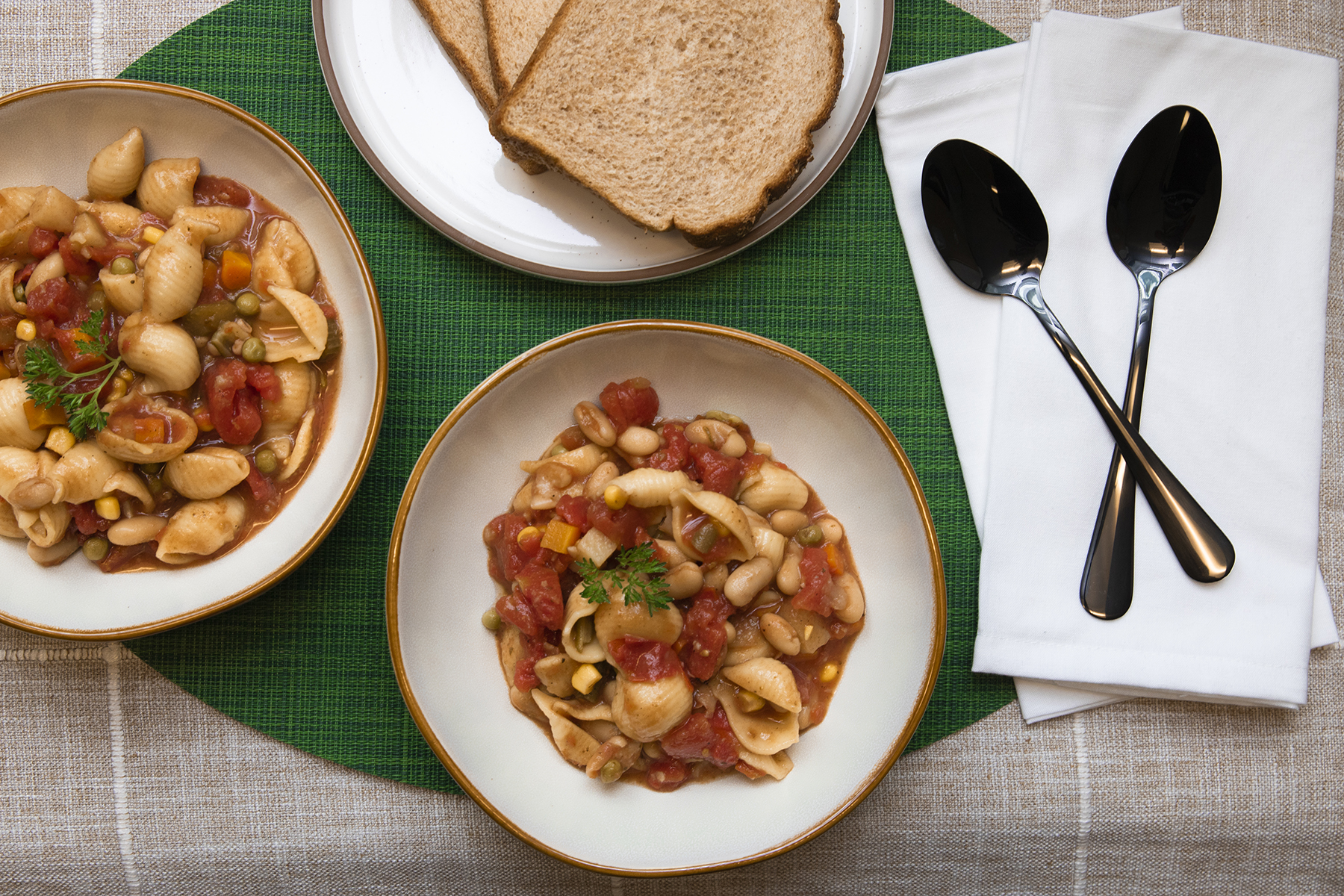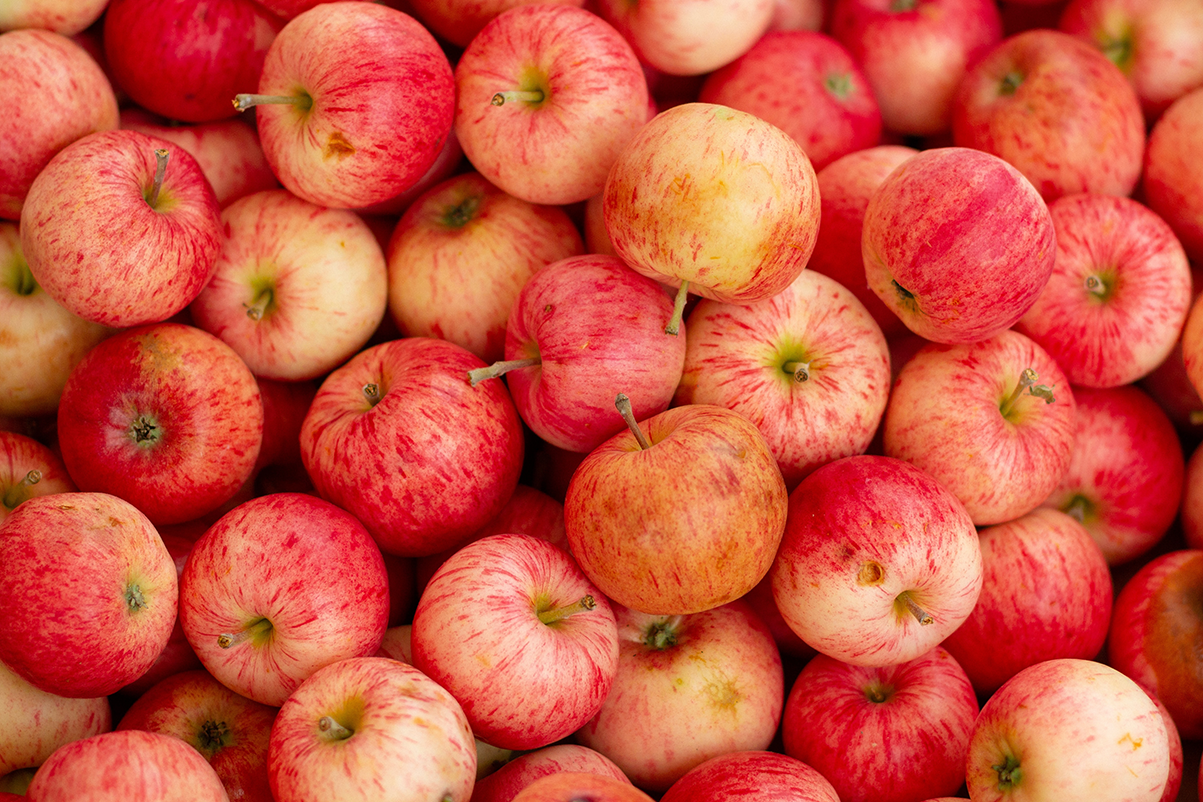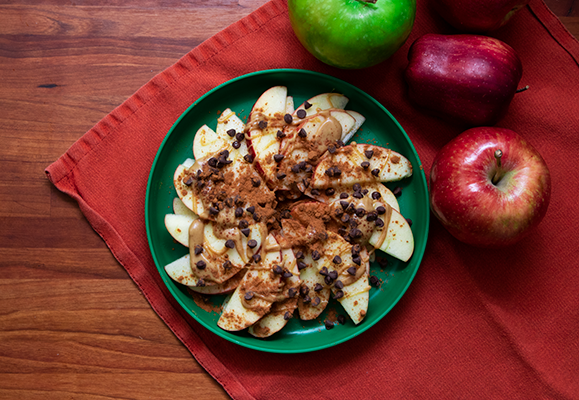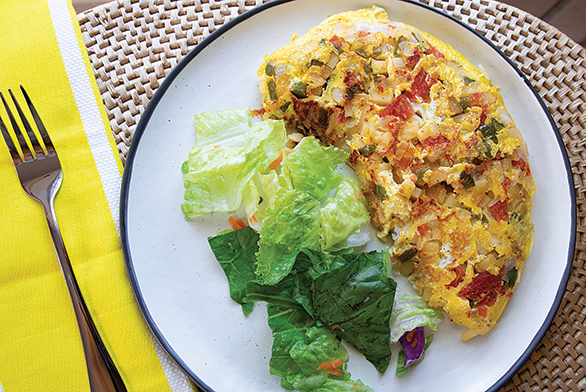It’s a new year, and it’s time to mix it up! This year, UGA SNAP-Ed’s Recipe Calander theme is “Mix it up with color and flavor to fill your day!” Each month, the calendar will feature a new recipe with suggestions of ingredients to spice up your recipes with different flavors and nutrients.

January is National Soup Month, so we are featuring Minestrone Soup. Minestrone soup originated in Italy as a dish to reduce food waste and use leftovers [1]. In fact, there is no exact recipe for Minestrone soup because Italians would use what they have on hand to make it [2]. The best part about Minestrone Soup is that you can add or take out an ingredient depending on what’s in your pantry or your budget. With beans and veggies being the star of this recipe, this makes it the perfect easy, cheap, nutritious soup to kick start your year.
(more…)



